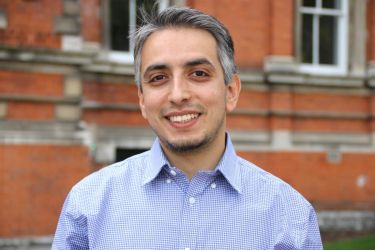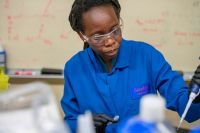Molecules are central to human health and disease. By uncovering how individual molecules behave in the body, and how those behaviors change with disease, Sarafan ChEM-H researchers are leading a revolution in human health research and medical care. Groundbreaking discoveries are paving the way for new tools to cure, treat, and prevent disease. With its flexible structure, access to cutting-edge technology, and visionary leadership, Sarafan ChEM-H is committed to accelerating molecular scientific discoveries with the goal of helping people live longer, healthier lives:































